Antarctica Expedition Lines Don’t Tell You This, Until You’re On Board!
Antarctica Expedition Lines Don’t Tell You This, Until You’re On Board!
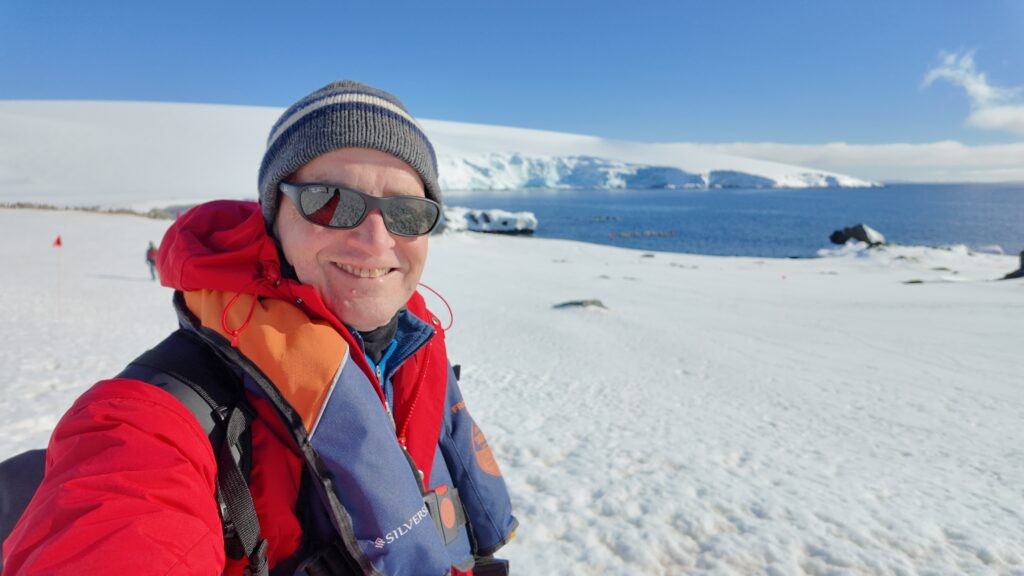
I have some essential Antarctica cruise tips you need to know as on all three Antarctic trips I’ve been on, I’ve seen so many passengers thrown by the same things each time. All because expedition lines are not totally transparent until passengers get on board. Then the truth comes out. It often comes as a big shock to many.
Here are the six things I see most passengers are surprised about Antarctic cruising once they get on board.
Booked Itinerary Won’t Happen
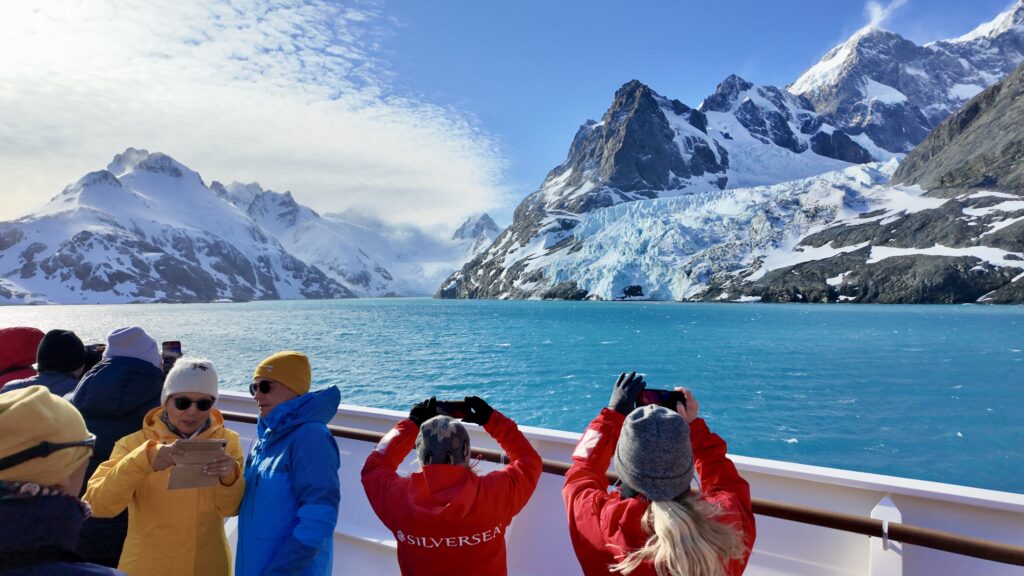
The first thing lines don’t tell you until you board is that you will not do the itinerary you booked!
This is critically important. There are three key things to note in this first set of Antarctica cruise tips.
First, the advertised itinerary is just a suggestion. Until the ship embarks on your specific trip, they won’t know where they can go, as it is totally driven by the day-to-day weather and ice conditions.
All three Antarctic trips I have been on did not follow the promised itinerary nor get to all the places listed on there.
To illustrate, let me give you some examples from my most recent cruise, which was an 18-night Falklands, South Georgia and Antarctica Peninsula cruise on Silversea’s Silver Endeavour.
First, we didn’t even start from the scheduled port! We had to embark in Punta Arenas not Puerto Williams because high winds had closed that port. Only finding out the day before.
Antarctic Sound was cut because it was too icy to get there, and we missed the Northern Antarctic Peninsula and had to sail further south again due to impassable ice.
Next, even if you do get to a location, poor visibility, ice, wind and sea swells often prevent planned landings or zodiac cruising from happening. Though the fast-changing weather can also open surprising unplanned opportunities.
Again, some examples again from my recent trip.
While we did get to South Georgia, once we arrived at the planned landing site at Salisbury Plain, high winds and swell made it too dangerous to land. So, we sheltered in Possession Bay further south which allowed a stunning unscheduled landing there instead.
When we left South Georgia for the South Shetland Islands, the weather abruptly improved which meant instead of calling into the advertised protected bay inside Deception Island, we landed at a more exposed site called Baily Head, which has the largest chinstrap penguin colony in Antarctica, and is hardly ever possible to visit.
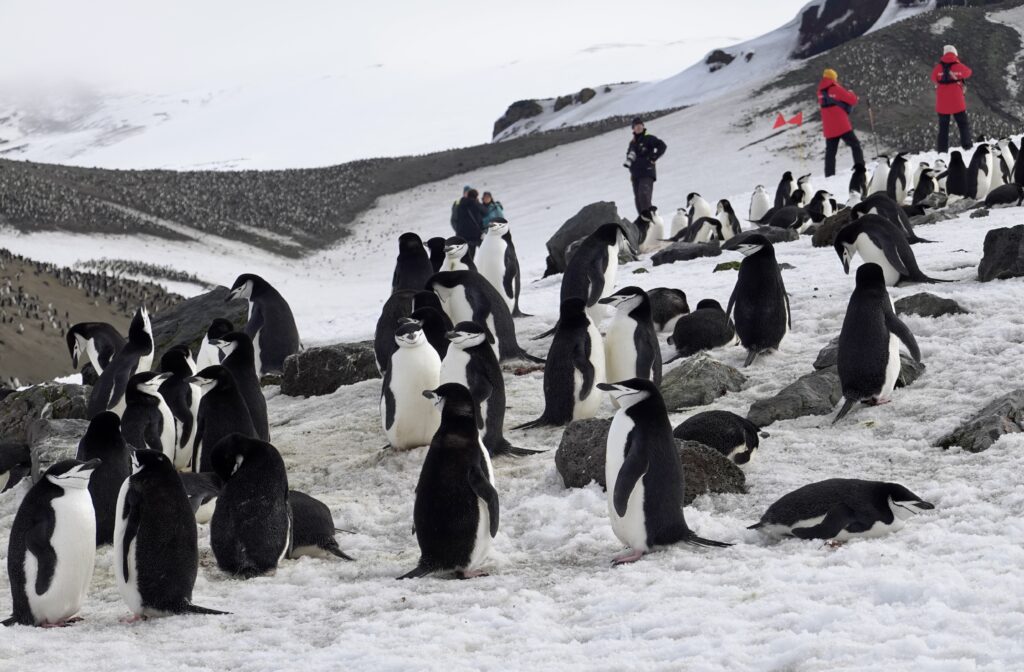
On all three cruises I’ve been on, the return crossing of the sometimes-rough Drake Passage has not happened per schedule either. On this recent trip, our time in the Antarctic Peninsula was cut by a full day to avoid high waves projected.
Even if you think you’re going with a safer option, like the Silversea Air Bridge cruises where instead of crossing Drake Passage, they fly you from Puerto Williams to King George Island in the South Shetlands, the weather and ice can impact that too.
My friend Wendy last season lost two days of her relatively short six-day trip because the landing strip was too icy for the plane to land there to drop them off.
It is important to know that any advertised route will not happen due to weather and ice movements, and the lines do not make this clear until you board that your booked itinerary is at best a rough guide.
The upside of that though is that every single Antarctica trip is unique, and none are the same. And even though I’ve been there three times with roughly the same itinerary, I’ve gone to different places, had different landings, and seen different things and wildlife each time.
But this is also where the cruise lines do not make what you will see fully clear until you board either, leading to another of my key Antarctica cruise tips.
Won’t See What’s In The Brochures
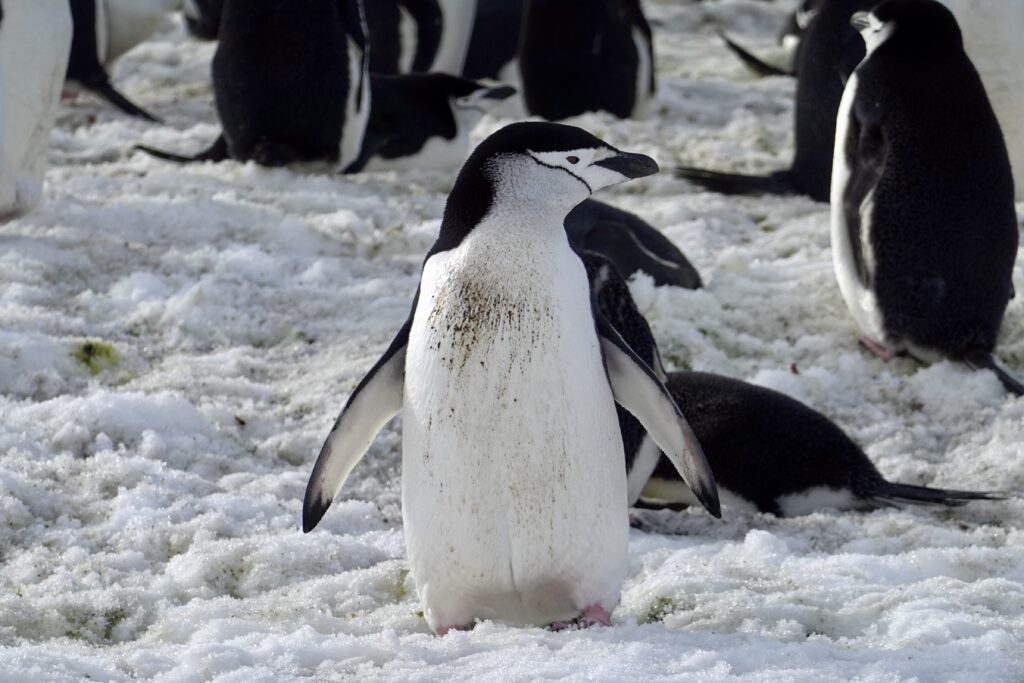
I had dinner one evening with the expedition leaders on that recent cruise, and they spoke about a cruise last season when they’d been summoned to meet a group of angry travellers.
They brandished a cruise line brochure from the travel agent they’d booked with, filled with pictures of Antarctica that they had expected to see, like cute penguin chicks and snow-covered landing sites asking why they had not seen these and demanding they be shown all of this.
The reason they were not seeing this was simple. The time of the year they had booked.
While cruise line brochures and sites are filled with promising blue sky, ice-covered landscapes, and a wide range of wildlife, what and which of those you see is extremely dependent on the month that you go.
This is not really made clear.
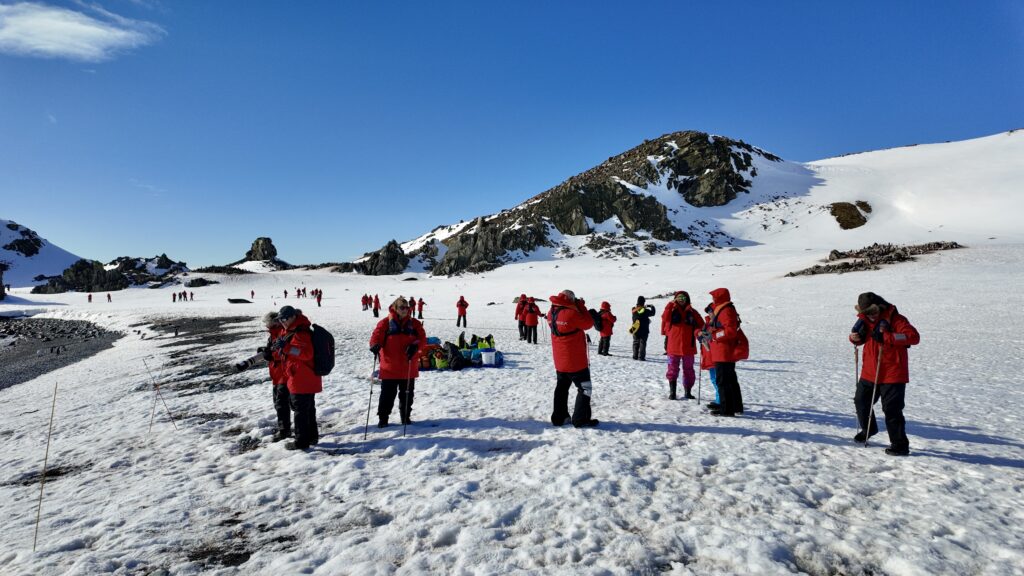
The season is short, running from the end of October to the beginning of March.
In the early months like November, you’ll see lots of snow and ice, and breeding penguins, and breeding elephant seals and seals on the shoreline. The penguin colonies have relatively little penguin poo as they have just returned from a winter out at sea. You are less likely to see whales as they are just returning, though I always have.
In December, there are more whales as they start to arrive, there’s more seal pups and it’s the courting season for seabirds.
In January and into February, you’ll see penguin chicks, many seals and whales, and likely cruise further south because the sea ice has broken up more.
In February, there is less wildlife on the beaches because breeding season is over and they start to leave, but many whales of various types. There is less snow and ice on landing sites.
For example, I have been to Deception Island in November with lots of snow and wildlife on the beach but also in February with no wildlife and very little snow.
But I also discovered the remoteness of Antarctica has one big risk that the lines do not make clear before going, but stress once you are on board.
Falling Ill Is Fatal
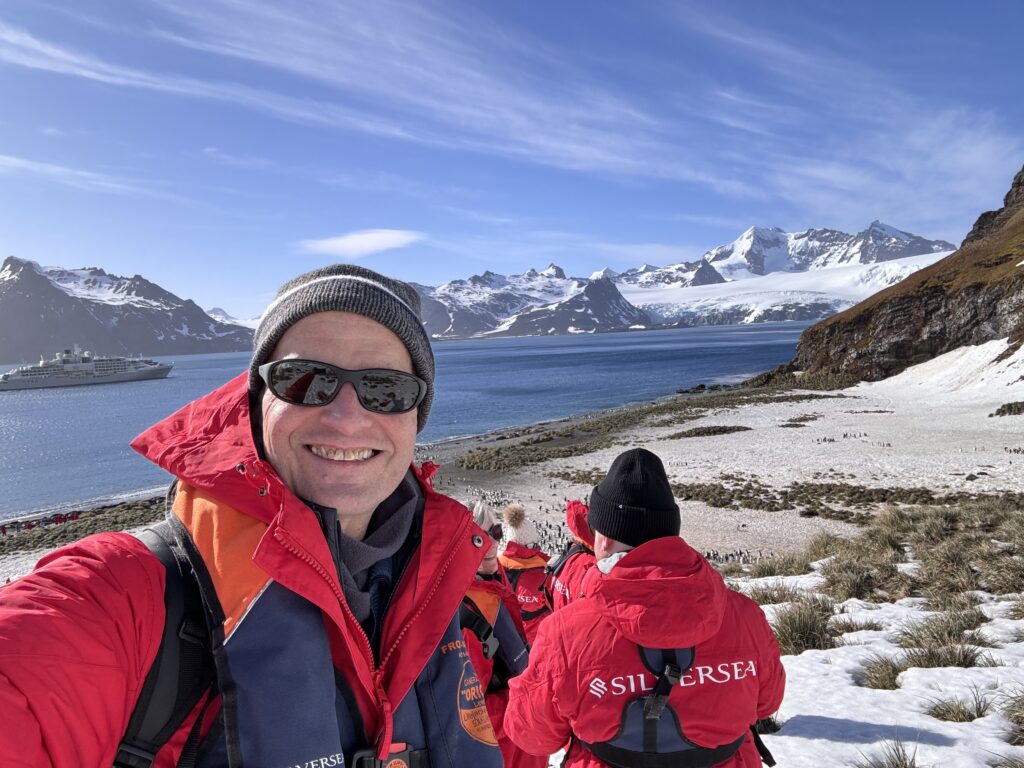
In Antarctica if a crew member or passenger sustains an injury, like broken bones, or has a serious illness, the cruise line pretty much must end the trip because there are no hospitals or medical facilities here.
In most cases the ship sails the two days back to Ushuaia Argentina or Puerto Williams Chile.
These days if conditions allow, planes can land on Kings George Island in the South Shetlands, so ships can sail there to medevac the patient, cutting just a few days off the trip. This happened to a cruise last season on the ship I was on, Silver Endeavour, when a crew member fell seriously ill.
We were warned on boarding that if there was an injury or illness needing hospital care, as plane landings on the island were impossible due to the iced-over landing strip we would have to turn back and sail to Puerto Williams.
Another thing that lines don’t make clear to passengers before going is the number of regulations and mandatory briefings we must attend and comply with.
The Mandatory Must-Dos
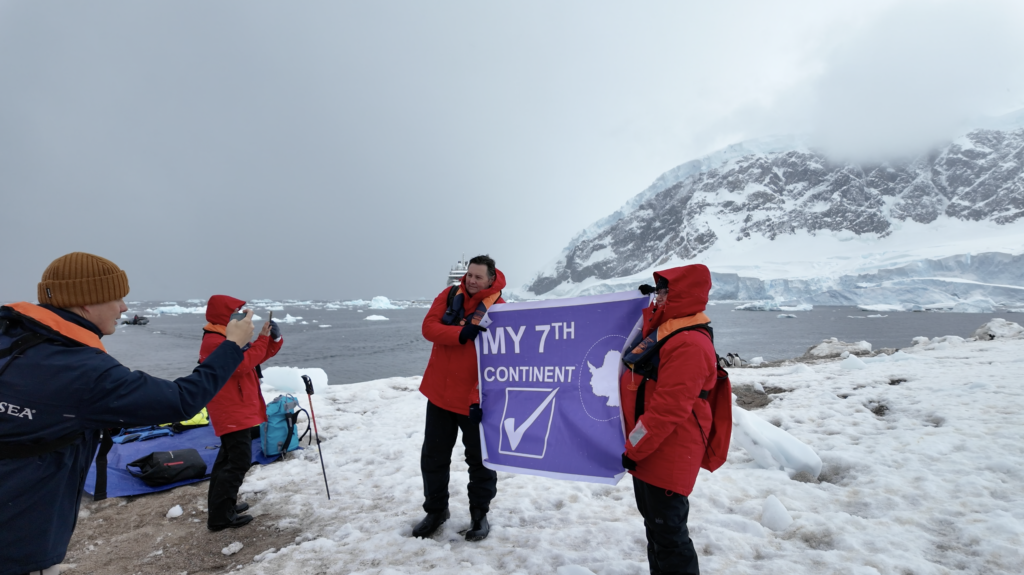
Lines also do not warn that the regulations and rules can, and do, change at short notice with possibly significant impacts on the trip.
For example, during the season before I went Avian Flu was detected in South Georgia, and quickly most of the iconic and must-see landing sites with hundreds of thousands of penguins were abruptly closed, leading to some lines aborting calls to South Georgia or only offering zodiac cruising offshore.
This trip while they were open, they had more regulations than on my past visit, and we were not allowed to sit, kneel or lie on the ground to take better photos or put anything on the ground like our rucksacks.
The line did not tell me before the trip, only once on board.
Another example is on a pre-Covid shutdown trip, cruises used to visit some research stations. But, as I only discovered on boarding this time, they are still not allowing visitors post Covid.
I don’t feel the lines make it clear either that there are many rules around Antarctica, and passengers must attend mandatory briefings and take part in some activities before being allowed to step on land.
These are driven by IAATO (International Association of Antarctic Tour Operators) requiring mandatory and roll-call taken briefings of the agreed rules and regulations, as well as an additional one specific to South Georgia if going there.
The rules include things like how far you need to stay away from wildlife, not taking anything from landings (such as feathers, bones or even pebbles), not taking any food out and so on.
There are also mandatory Zodiac safety briefings as all the off-ship trips use them, and one for people doing kayaking if the line offers this.
Then there are compulsory biosecurity checks. There’s a massive risk in Antarctica and South Georgia of bringing in bugs or seeds that could take root and overtake or disrupt the sensitive ecosystem and these checks are done on all items of outerwear or equipment taken on landings.
So, this includes boots, waterproof trousers, gloves, hats, neck gaiters, rucksacks, tripods and walking poles to make sure they have no dirt, seeds or anything organic on or in them.
On my latest trip we did three biosecurity checks, One before the Falklands, South Georgia, and another before Antarctica Peninsula. Each time I had to sign a document saying that I’d done the biosecurity checks, and understood and would follow the rules.
There is also one huge thing you are not told until on board that can make or break the trip that is my next set of Antarctica cruise tips.
The Make-up Of The Team
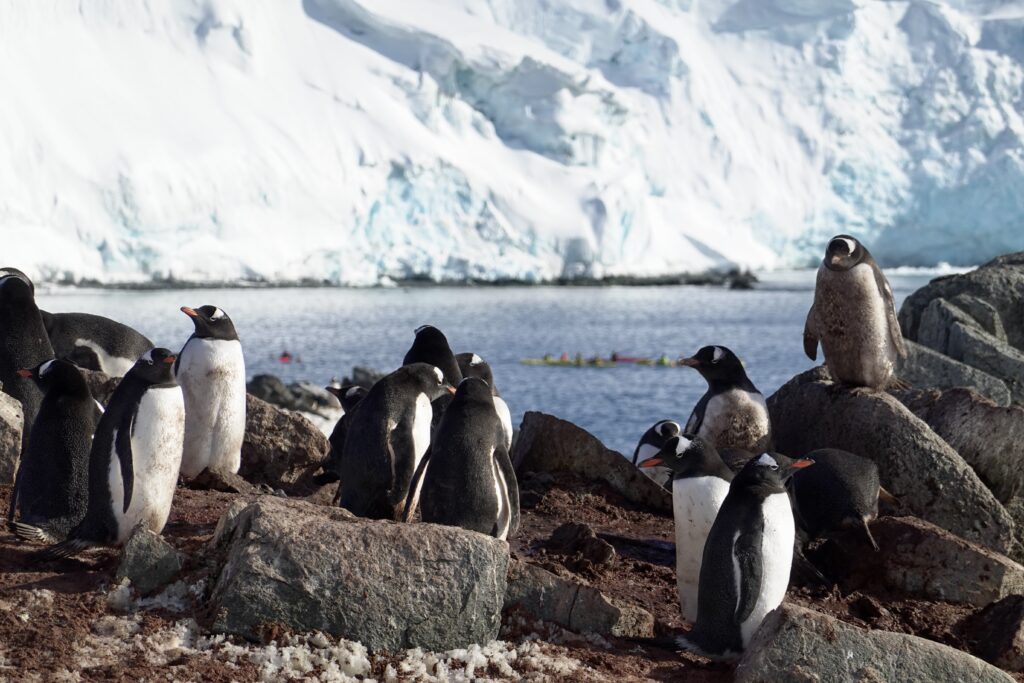
Every Antarctic trip relies on the experience of the Expedition Leader and their team. The Leader works closely with the Ship Captain to decide day-by-day based on the ice and the weather where to call, and what to do once there.
They need deep understanding of the region to know options, as well as relationships with the Leaders on other ships, to negotiate and agree who will call where and when, as how many people can go to a site per day is restricted.
But usually until you get on board, you’re unlikely to know who that Expedition Leader will be, nor who is in the team and if they are any good. The team members are fundamental because they do the recaps, talks, drive zodiacs and provide information and guidance on the landings.
And sometimes there are unwelcome surprises revealed once on board.
For example, when I boarded Silver Endeavour, I discovered there was no photographer and videographer within the expedition team as Silversea had scrapped the program of giving high quality photos and a video of the trip just before the trip. I only found out once on board.
Another thing that I think is not made clear until you get on board is that what you’re going to do is dependent on the ship size and the passenger numbers.
Size Matters
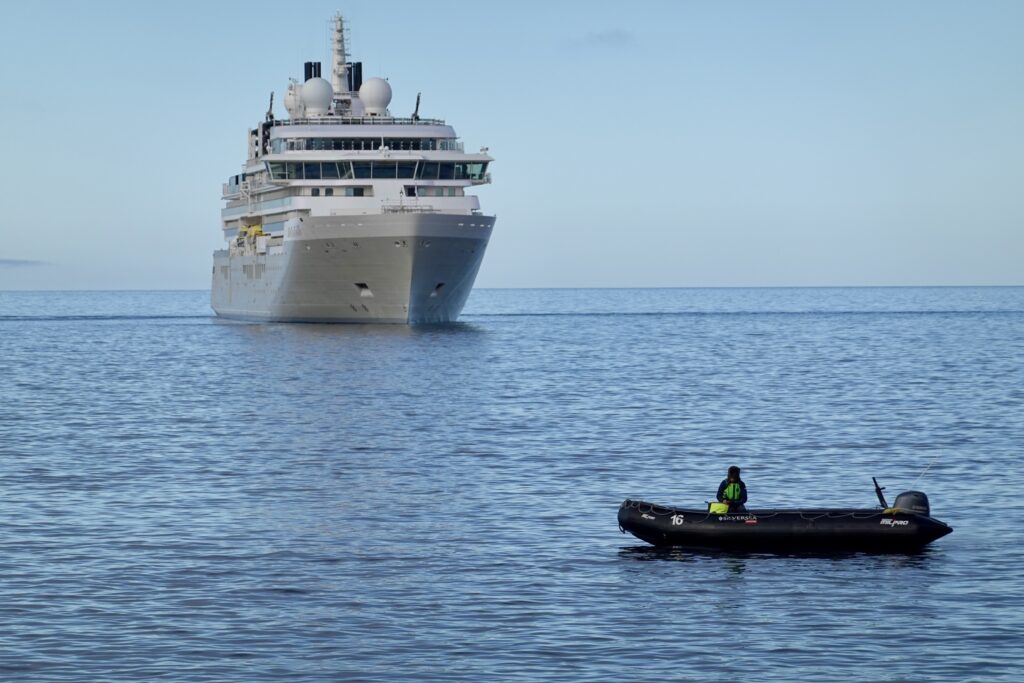
All expedition Antarctic cruise lines do not offer the same off ship experience, even though when booking it seems they do from the publicity materials.
I have always chosen lines and ships that take a maximum of 200 passengers there. I’ve been on Silversea Silver Cloud and Silver Endeavour and Ponant Le Lyrial.
Ships with this number have a wide choice of landing sites, and many sites cap the numbers visiting at 200 per day.
One of my big Antarctica cruise tips is that if you chose to go on the 370-passenger Viking ships, or the 490-passenger Hurtigruten ships, the number of sites is way more restricted, and some of the more famous are excluded.
In addition, as only 100 people are allowed on land at any one time, on the 200-passenger ships you wait less long for your turn to get off the ship to explore, and usually get more time on land. While on the larger ships the wait is longer, often having fewer landings with more downtime.
If you go on a classic cruise line and ship carrying over 500 passengers, like Holland America, Norwegian, Oceania or Regent Seven Seas, then no landings are allowed. You only have scenic cruising usually around the South Shetland Islands, through the Gerlache Strait, and into Paradise Bay. You will not see wildlife up close, though may see whales.











So I guess the secret is to book at least three expedition cruises so you have a better chance of seeing everything.
Absolutely valuable, exhaustive and well written information. Thank you, Gary!